Camera lenses that ignore certain objects and only capture images they have been designed to recognise can be built in just hours from clear plastic with a 3D printer.
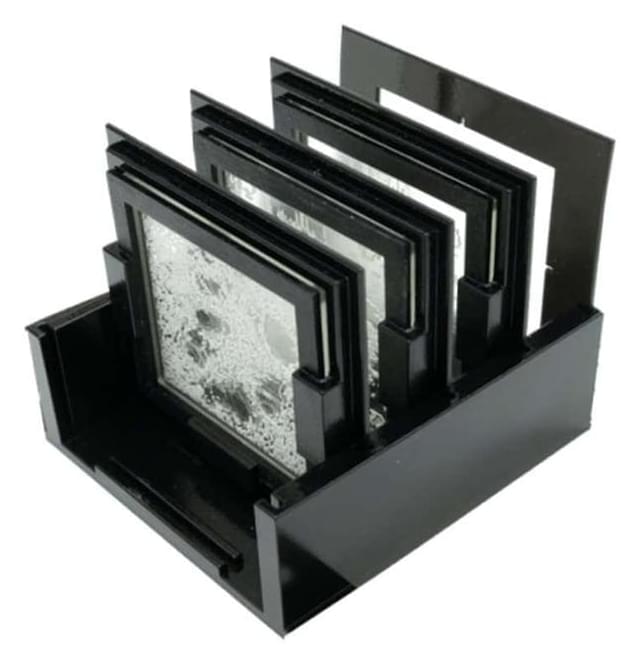

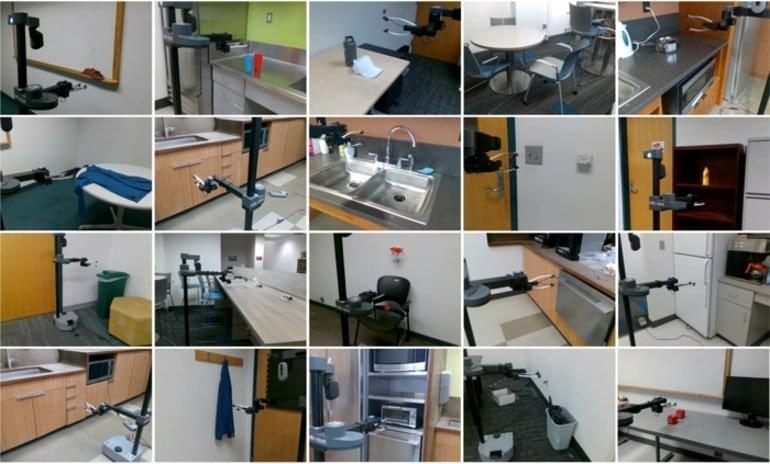
Summary: A new robotic system can learn directly from human interaction videos and generalize the information at the task being completed. This makes the robot well suited to learn household chores effectively and efficiently.
Source: Carnegie Mellon University.
The robot watched as Shikhar Bahl opened the refrigerator door. It recorded his movements, the swing of the door, the location of the fridge and more, analyzing this data and readying itself to mimic what Bahl had done.
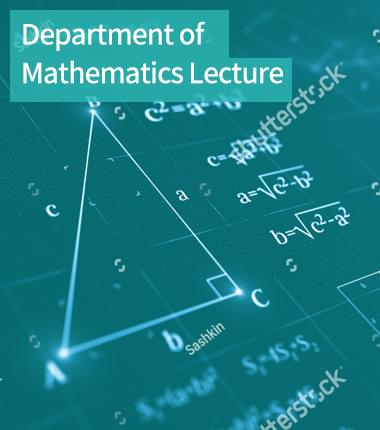
3D printing technology continues to add innovations to the scientific world day by day. The Southern University made a new development in 3D printing technology this time of Science and Technology.
Researchers succeeded in a 3D printing strategy to construct flexible and stretchable light-emitting devices that can be integrated with soft robots.
SUSTech is constantly adapting, attracting more and more young students with its constantly burgeoning range of programs and opportunities for research for all levels of study.

Musk seems frustrated with the delays in Neuralink’s progress.
Elon Musk, the world’s richest person has reached out to a competitor Synchron Inc. about a potential investment after his own biotech company Neuralink has lagged in developing an implantable brain chip, Reuters reported.
Launched in 2016, Neuralink was co-founded by Musk to develop implantable brain-chip interfaces to connect humans and computers. Like his ambitious projections about his electric vehicles, Musk had ambitiously claimed in 2019 that Neuralink was aiming for its product to receive regulatory approval by the end of 2020.
Later in 2021, when the company had not even begun human trials, Musk claimed at a Wall Street Journal conference that he expected them to begin by 2022, but the company has failed to get the regulatory nod to do so, even at the time of writing this. Contrastingly, a startup, Synchron, received the necessary approvals last year.
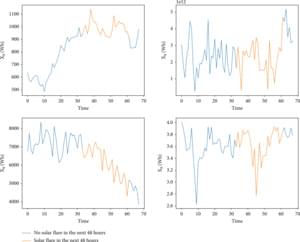
The system uses neural networks to predict solar storms up to 48 hours in advance.
A multi-institutional research group based out of China has put together an “early warning” system that could aid in the accurate prediction of space weather, a press release said.
Every 11 years or so, the magnetic field of the Sun flips completely so that its north pole becomes south, while the south pole becomes north. The changes in the magnetic field of the Sun lead to visible changes on the solar surface, where regions of intense magnetic activity temporarily stop the convection process.
The drop in temperature of that region can be observed by telescopes on Earth as they appear darker than the rest of the solar surface and hence are called sunspots. At times, sunspots end up giving out giant eruptions of energy and material, which are called solar flare and coronal mass ejections (CMEs), respectively.
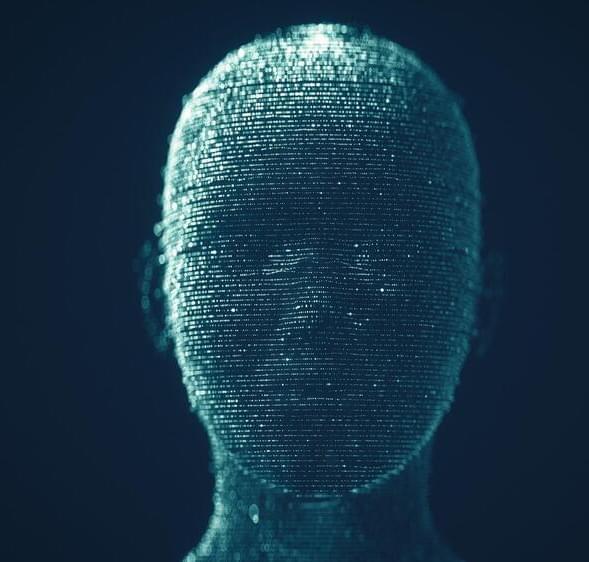
An art collective is trying to get an AI-supported candidate into Danish Parliament in 2023. Could we have a fully virtual candidate one day?
With all the political rancor that has become a part of our everyday reality, maybe it’s time to admit that humans may not be the best at forging agreements. Our egos are always in play, and emotions often rule our political choices more than reason. Maybe artificial intelligence (AI) could do a better job, or at least that’s what the creators of The Synthetic Party, the world’s first AI-based political party, think. The party hopes to run an AI candidate in Denmark’s general election in 2023.
Full Story:
Imaginima/iStock.
The party would also like to see the UN adding an 18th sustainable development goal which would let humans coexist directly with algorithms.
This is Episode 7 in a series of videos discussing the General Theory of General Intelligence as overviewed in the paper.
Goertzel, Ben. “The General Theory of General Intelligence: A Pragmatic Patternist Perspective.“
https://arxiv.org/pdf/2103.15100
This episode overviews ideas regarding how the particular nature and requirements of *human-like-ness* can be used guide the design and education of AGI systems. This is where cognitive science and computer science richly intersect. Core architectural ideas of OpenCog along with numerous other AGI systems (MicroPsi, LIDA, Aaron Sloman’s work,…) are reviewed in this context.
Some additional references relevant to this episode are:
Goertzel, Ben. “The Embodied Communication Prior: A characterization of general intelligence in the context of Embodied social interaction.” In 2009 8th IEEE International Conference on Cognitive Informatics, pp. 38–43. IEEE, 2009.
http://citeseerx.ist.psu.edu/viewdoc/download?doi=10.1.1.352…1&type=pdf.
Bengio, Yoshua. “The consciousness prior.” 2017
https://arxiv.org/pdf/1709.08568
Goertzel, Ben, Matt Iklé, and Jared Wigmore. “The architecture of human-like general intelligence.” In Theoretical foundations of artificial general intelligence, pp. 123–144. Atlantis Press, Paris, 2012.
http://citeseerx.ist.psu.edu/viewdoc/summary?doi=10.1.1.352.1548
Ben Goertzel, Cassio Pennachin, and Nil Geisweiller. Engineering.
General Intelligence, Part 1: A Path to Advanced AGI via Embodied Learning and Cognitive Synergy. Springer: Atlantis Thinking Machines, 2013.
https://1lib.us/book/2333263/7af06e?id=2333263&secret=7af06e.
Ben Goertzel, Cassio Pennachin, and Nil Geisweiller. Engineering.
General Intelligence, Part 2: The CogPrime Architecture for Integrative, Embodied AGI. Springer: Atlantis Thinking Machines, 2013.
https://1lib.us/book/2333264/207a57?id=2333264&secret=207a57
–
SingularityNET is a decentralized marketplace for artificial intelligence. We aim to create the world’s global brain with a full-stack AI solution powered by a decentralized protocol.
We gathered the leading minds in machine learning and blockchain to democratize access to AI technology. Now anyone can take advantage of a global network of AI algorithms, services, and agents.
Website: https://singularitynet.io.
Forum: https://community.singularitynet.io.
Telegram: https://t.me/singularitynet.
Twitter: https://twitter.com/singularity_net.
Facebook: https://facebook.com/singularitynet.io.
Instagram: https://instagram.com/singularitynet.io.
Github: https://github.com/singnet
Ben goertzel a general patternist path to AGI playlist.
Share your videos with friends, family, and the world.
Artificial General Intelligence — Short for AGI is a trending and recent topic of debate among AI researchers and computer scientists. A pressing issue for AI or artificial Intelligence is the AI alignment problem. The AI control problem could be the most important task for humanity to solve. There have been many suggestions from AI researchers to avoid the dangers of artificial general intelligence or a digital super-intellgience. It seems among the best solutions to this problem has been a merging scenario with AGI. Elon Musk has suggested we regulate artificial intelligence and we should proceed very carefully if humanity collectively decides that creating a digital super-intelligence is the right move. Elon Musk is the founder of many high tech companies, including Neuralink. Which develops implantable brain–machine interfaces. Elon Musk warns that AI is probably the biggest existential threat for humanity. AGI is probably even more dangerous than nuclear warheads and nobody would suggest we allow anyone to build nuclear weapons if they want. The pressing issue for a potential AGI development and eventually the creation of a digital super-intelligence is going to be increasingly relevant in the coming years. Dr. Ben Goertzel, CEO & Founder, of SingularityNET Foundation, is one of the world’s foremost experts in Artificial General Intelligence. According to him these reactions are probably going to look very silly to people a few decades from now, as they go about their lives which have been made tremendously easy and happy and fascinating compared to 2020 reality, via the wide rollout of advanced AGI systems to handle manufacturing service, and all the other practical jobs that humans now spend their time doing. Elon musk suggested, the merge scenario with A.I. is the one that seems like probably the best,” or as he put it on the Joe Rogan Experience. “If you can’t beat it, join it.
#AGI #AI #Artificialintelligence.
SUBSCRIBE to our channel “Science Time”: https://www.youtube.com/sciencetime24
SUPPORT us on Patreon: https://www.patreon.com/sciencetime.
BUY Science Time Merch: https://teespring.com/science-time-merch.
Sources:
DARPA: https://www.darpa.mil/
Neuralink: https://www.youtube.com/watch?v=r-vbh3t7WVI
https://www.neuralink.com/
SingularityNET: https://singularitynet.io/
A Sydney Harbor Tunnel explosion showcases the work of UNSW researchers using wireless signals and artificial intelligence to more accurately identify dangerous fire situations.
Engineers from UNSW Sydney have developed a new fire detection system that could help save lives by monitoring the changes in Wi-Fi signals.
And a controlled test detonation of a car, planned by the Sydney Harbor Tunnel Company, recently provided further data to demonstrate the effectiveness of the technology.